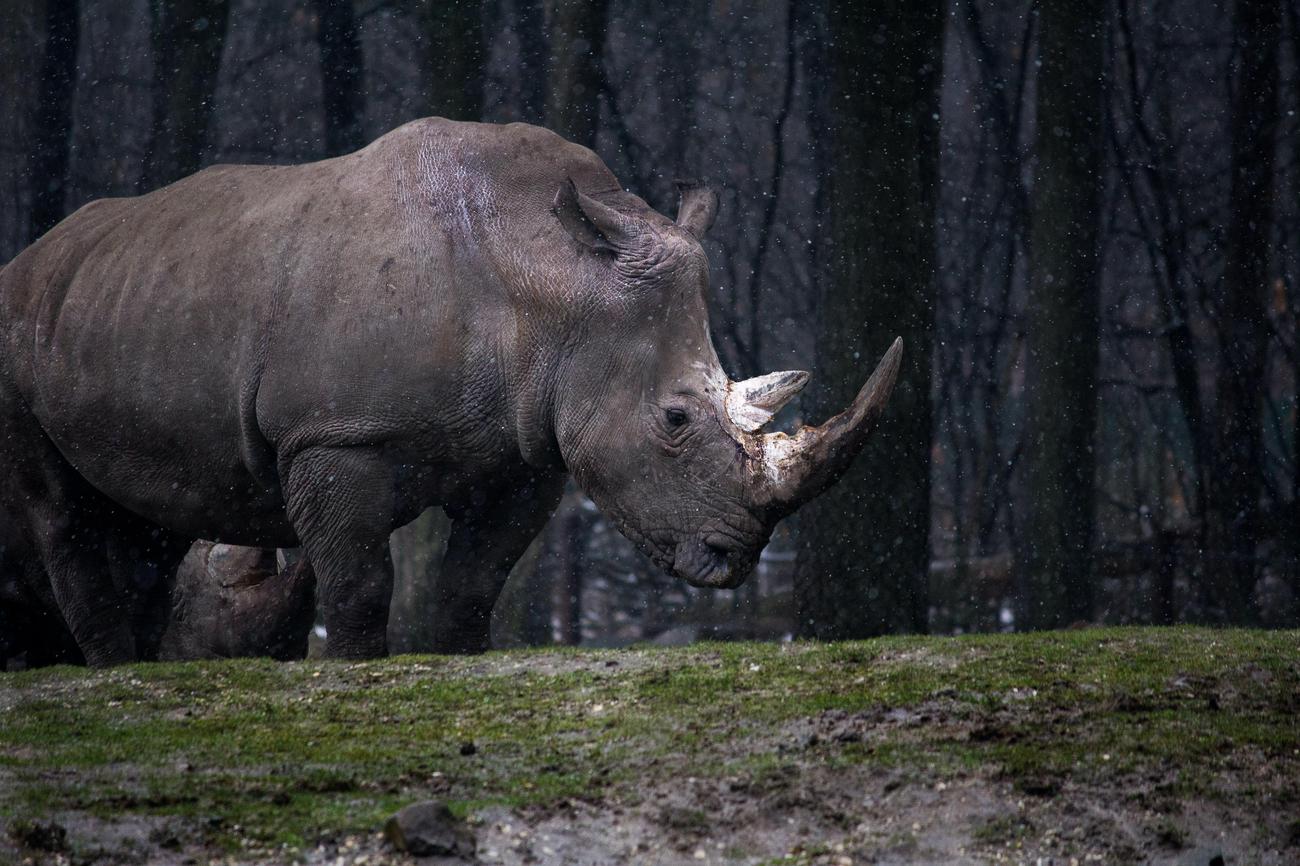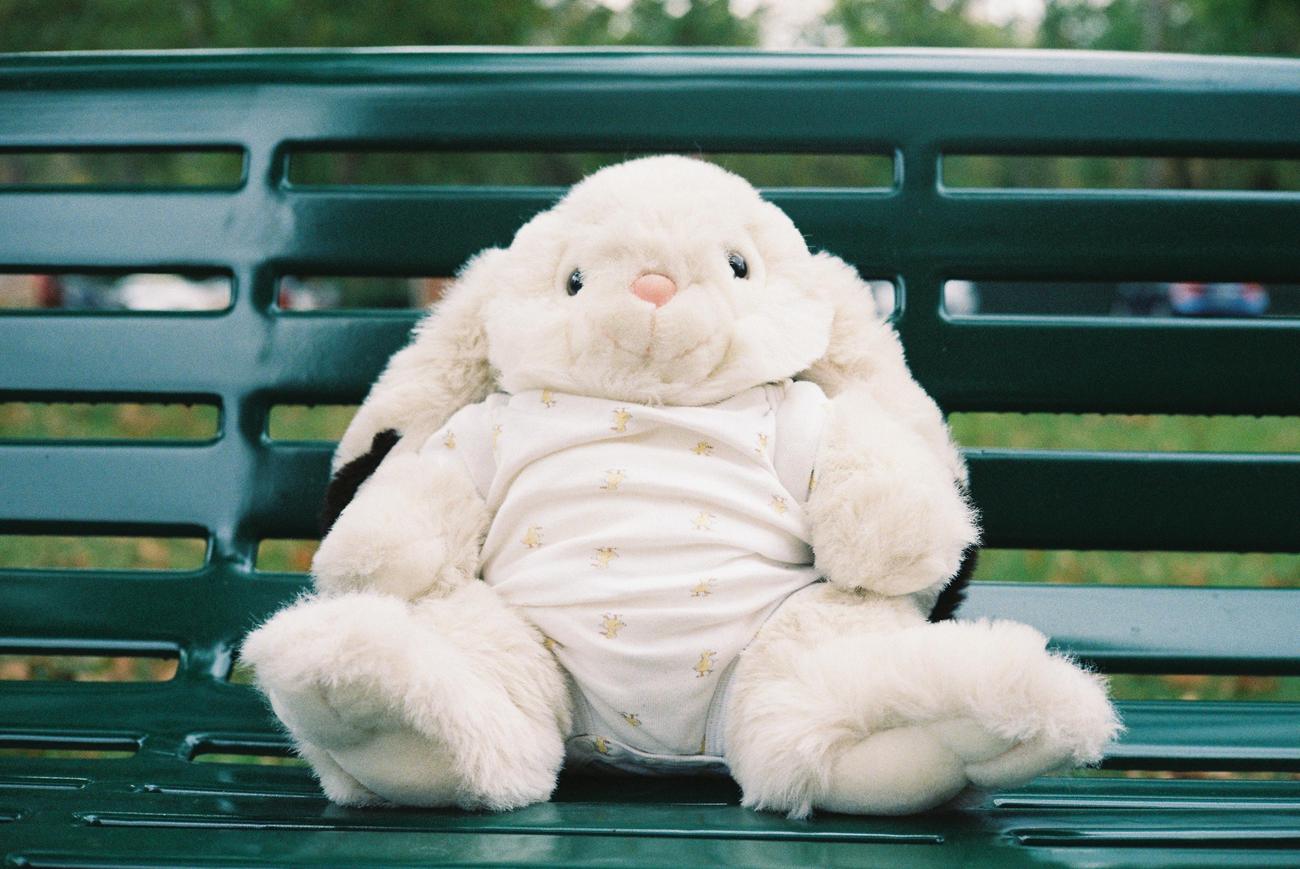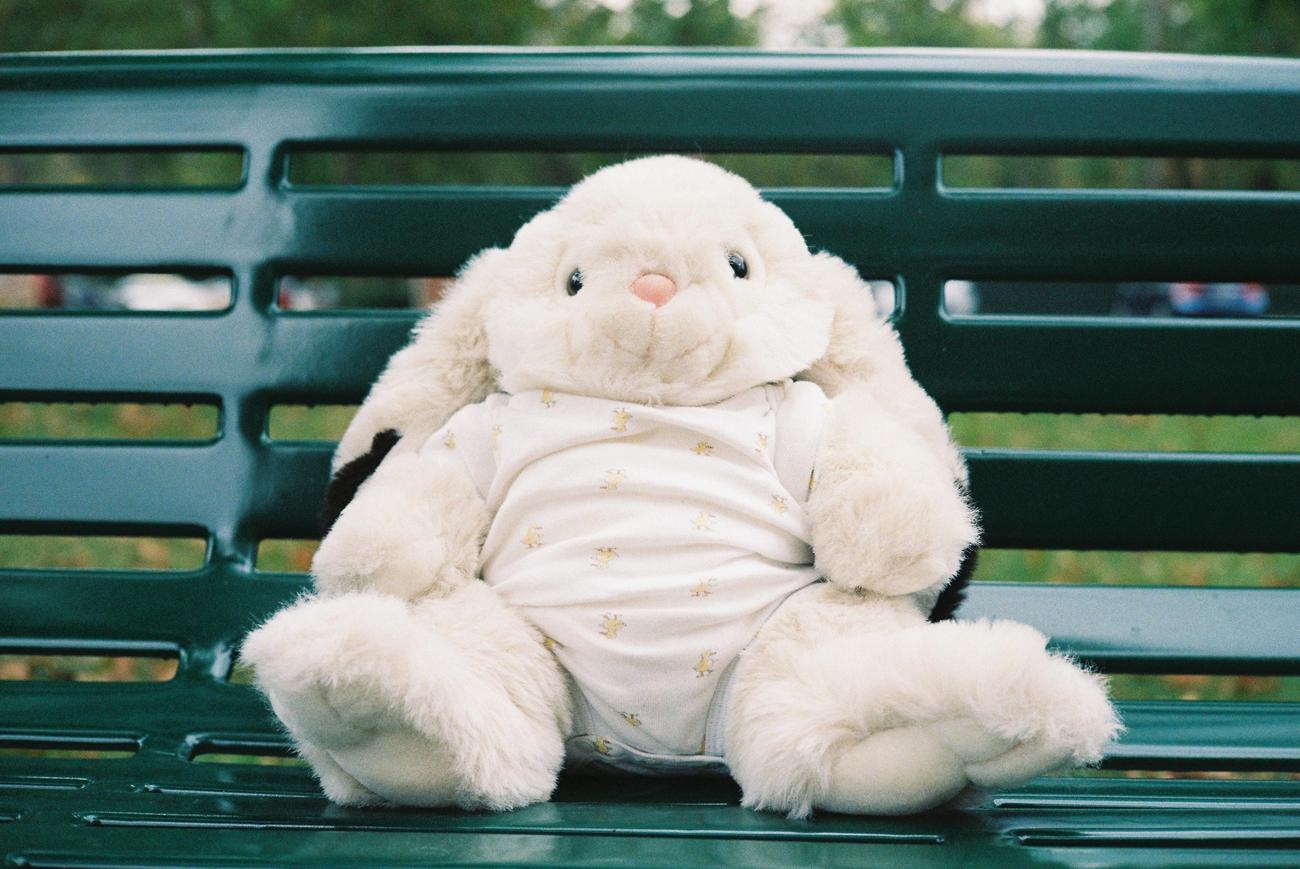Welcome to our comprehensive guide on how to disinfect stuffed animals! In this article, titled “How to Disinfect Stuffed Animals: Expert Tips for Clean and Safe Toys,” we will delve into the most effective methods and techniques to ensure your child’s beloved plush companions are kept both clean and safe. As an experienced freelance writer with a background in health and safety, I am excited to share my knowledge and expertise to help parents and guardians maintain a hygienic environment for their little ones. With step-by-step instructions, insights on effective products, and crucial dos and don’ts, this article aims to empower readers with practical tips for disinfecting a variety of stuffed animals. So let’s dive in and discover how to keep those cherished toys germ-free and huggable!

How to Disinfect Stuffed Animals
Stuffed animals are more than just toys; they become cherished companions for our little ones. However, they can also harbor dirt, germs, and allergens that may put your child’s health at risk. That’s why it’s crucial to clean and disinfect them regularly to ensure a safe and hygienic play environment. In this article, we will explore expert tips on how to disinfect stuffed animals effectively. So let’s dive in!
Baking Soda: A Simple and Effective Solution
One method that works wonders for disinfecting stuffed animals is using baking soda – an all-natural, non-toxic ingredient found in almost every kitchen. Follow these steps to achieve optimal results:
- Prepare the baking soda mixture: Start by pouring ½ cup of baking soda into a garbage bag. If the stuffed animal is larger, feel free to add more baking soda.
- Shake to distribute: Place the stuffed animals inside the bag with the baking soda and give it a good shake. This will help distribute the baking soda and ensure thorough cleaning.
- Let it sit: Allow the stuffed animals to sit in the bag with the baking soda for about 15 minutes. During this time, the baking soda will absorb any unpleasant odors or bacteria.
- Shake off excess: After 15 minutes, remove the stuffed animals from the bag and shake off any excess baking soda. You’ll notice a fresher and cleaner scent already!
Pro tip: Baking soda is gentle and safe for most fabric types, making it an excellent choice for regular disinfection.
Freezer Method: Cold Treatment for Deep Cleaning
If you’re looking to eliminate germs and bacteria more effectively, consider using your freezer. Follow these steps to disinfect stuffed animals using this method:
- Bag it up: Place the stuffed animals inside a plastic bag, ensuring they’re completely sealed.
- Freeze overnight: Leave the bag with the stuffed animals in the freezer overnight. The cold temperature will work its magic and kill any lingering germs and bacteria.
Remember: The freezer method is especially useful if your child has been sick or if lice have been a concern. It provides an extra layer of thorough cleaning.
Vacuuming: A Quick-Fix for Light Cleaning
For those times when a full wash isn’t possible or necessary, vacuuming can be a great option to remove dust and dirt. Here’s how you can do it:
- Preparation is key: Before starting, make sure to check the care instructions on the stuffed animal. This will help you determine if vacuuming is the appropriate cleaning method.
- Set it to low: Adjust your vacuum cleaner to a low suction setting and attach a soft brush attachment.
- Gently does it: Carefully run the brush attachment over the surface of the stuffed animal, focusing on areas where dirt and dust are most visible.
Don’t forget: Vacuuming can be a useful method for regular maintenance and light cleaning of stuffed animals.
Alternative Options: Vinegar and Disinfecting Mist
If you don’t have baking soda or prefer alternative methods, you can also consider using vinegar or a disinfecting mist. Here’s how to utilize these options effectively:
- Vinegar as an alternative: Mix equal parts of water and vinegar in a spray bottle. Lightly mist the solution onto the stuffed animals, allowing it to air dry.
- Disinfecting mist: If your stuffed animals are labeled “spot clean” or “do not wash,” vacuum them to remove dust and dirt first. Then, use a disinfecting mist specially formulated for plush toys to sanitize them.
Remember to read the labels: Always check the care instructions on your stuffed animals to ensure you’re using the appropriate cleaning method.
Key Takeaways
Cleaning and disinfecting stuffed animals are crucial for maintaining a safe and hygienic environment for your child. Here are some key tips to remember:
- Regular disinfection should be carried out, especially if allergies or asthma exist, or if your child has been sick or exposed to lice.
- Baking soda is a fantastic option for general cleaning, while the freezer method offers a deeper clean for eliminating germs.
- Vacuuming is great for quick maintenance, and vinegar or disinfecting mist can be used as alternatives.
By following these how to disinfect stuffed animals expert tips, you can rest assured that your child’s beloved toys are clean, safe, and ready for endless adventures!
Stuffed animals have been a beloved companion to many individuals, both young and old. Their cuddly and soft nature brings comfort, joy, and a sense of security. But did you know that there are fascinating facts about stuffed animals that you might not be aware of? If you’re curious to learn more, click here for some intriguing insights on the facts about stuffed animals. Expand your knowledge and explore the captivating world of these cherished plush toys. Happy reading!
Cleaning Stuffed Animals: A Guide to Maintaining Your Child’s Favorites
[youtube v=”ltftX2pv5No”]
Stuffed animals are beloved companions for kids and grandkids, but did you know that they can harbor hidden dirt, germs, and allergens? Regular cleaning is essential to ensure your child’s health and well-being.
The Power of Baking Soda: Simple and Effective Disinfection
For an easy and effective cleaning solution, look no further than your kitchen pantry. Baking soda is a versatile tool that can disinfect stuffed animals without harsh chemicals.
To start, you’ll need an appropriate-sized bag to contain the stuffed animals during the cleaning process. A garbage bag works well. Once you’ve gathered the necessary supplies, follow these steps:
Prepare the Baking Soda Mixture: In the bag, sprinkle about half a cup of regular table salt. This will act as an absorbent for dirt and dust.
Shake, Shake, Shake: Lift the bag and tightly grasp it to avoid any spills. Give it a few good shakes to distribute the baking soda evenly. Let the stuffed animals sit in the bag for about 15 minutes, allowing the baking soda to soak up the impurities.
Brush Away the Dirt: To complete the process, take the stuffed animals outside to prevent any mess in the house. Use a brush to gently remove the excess baking soda, revealing the hidden dirt that has been absorbed.
“It’s amazing how much dirt can accumulate in these stuffed animals. With a simple baking soda treatment, you can restore their appearance and cleanliness.”
Going the Extra Mile: Freezer Method for Thorough Cleaning
Sometimes a thorough cleaning is necessary, especially if your child has been sick or if lice have been a concern. The freezer method provides an additional step to ensure any lingering germs and bacteria are eliminated.
Here’s what you need to do:
Sealed Plastic Bag: Place the stuffed animals in a sealed plastic bag, ensuring no air can escape.
Freeze Overnight: Leave the bag in the freezer overnight to allow the cold temperature to kill any remaining germs and bacteria.
“By using the freezer method, you can effectively sanitize your child’s favorite stuffed animals, providing peace of mind and ensuring a healthy playtime.”
Quick Fix: Vacuuming to Remove Dust and Dirt
Vacuuming is a convenient and efficient method to quickly remove dust and dirt from stuffed animals. However, it’s essential to approach this task with care to prevent any damage.
Follow these guidelines for effective vacuuming:
Check Care Instructions: Before vacuuming, review the care instructions of the stuffed animal. Some may not be suitable for vacuuming or may require special attention.
Use a Soft Brush Attachment: Attach a soft brush to your vacuum cleaner and set it on a low suction setting. This gentle approach will avoid any potential harm.
“Vacuuming your child’s stuffed animals not only removes dirt but also helps maintain their fluffiness and overall appearance.”
Alternative Options: Vinegar or Disinfecting Mist
If baking soda and freezer methods do not suit your preferences, there are alternative options available for disinfecting stuffed animals.
Vinegar Solution: Create a mixture of equal parts water and vinegar in a spray bottle. Mist the solution onto the stuffed animals, ensuring all surfaces are covered. This natural disinfectant can effectively combat germs.
Plush Toy Disinfecting Mist: Some commercially available disinfecting mists are specially formulated for cleaning plush toys. Vacuum the stuffed animals first, then apply the mist according to the product instructions.
“Whether you choose vinegar or a specially formulated disinfecting mist, these alternatives offer effective cleaning options for your child’s stuffed animals.”
Regular Disinfection: Essential for Allergies, Asthma, and Illness Prevention
Regular cleaning and disinfection are crucial, particularly if your child has allergies, asthma, or has been sick or exposed to lice. Maintaining cleanliness ensures a safe and healthy environment for your little ones.
“Don’t overlook the importance of regular disinfection for your child’s stuffed animals. By staying vigilant, you can minimize the risk of allergies, asthma attacks, and the spread of bacteria.”
Remember, keeping your child’s stuffed animals clean is not just about appearance—it’s about safeguarding their health. Choose the cleaning method that suits you best and make it a regular part of your cleaning routine. By doing so, you provide a clean and cozy companion for your little one’s adventures.

FAQ
Question 1: Can I use baking soda to disinfect stuffed animals?
Answer 1: Yes, baking soda can be used to disinfect stuffed animals. Start by pouring ½ cup of baking soda into a garbage bag. If the stuffed animal is larger, you can add more baking soda. Put the stuffed animals into the bag with the baking soda and shake the bag to distribute the baking soda throughout. Let the stuffed animals sit in the bag with the baking soda for 15 minutes to allow the baking soda to absorb any odors or bacteria. After 15 minutes, shake off the excess baking soda from the stuffed animals.
Question 2: How can I use the freezer to sanitize stuffed animals?
Answer 2: Another method to sanitize stuffed animals is to disinfect them in the freezer. Place the stuffed animals in a plastic bag and leave them in the freezer overnight. The cold temperature will kill germs and bacteria.
Question 3: What should I do if I can’t wash the stuffed animals?
Answer 3: If the stuffed animals cannot be washed, you can try using a vacuum cleaner to remove dust and dirt. Vacuuming plush toys is an effective way to clean them without water.
Question 4: Can vinegar be used as an alternative to baking soda?
Answer 4: Yes, if you don’t have baking soda, you can try using vinegar as an alternative. Vinegar has antibacterial properties that can help sanitize stuffed animals. Mix equal parts vinegar and water in a spray bottle, spritz the mixture onto the stuffed animals, and let them air dry.
Question 5: How often should I clean and disinfect stuffed animals?
Answer 5: It is recommended to clean plush toys monthly, especially if allergies or asthma exist. If you or your child have been sick or had lice, it is important to disinfect and clean stuffed animals right away.
- Georgia Platform: A Southern Strategy, 1850s - March 31, 2025
- How many weeks is 40 days: Quick Conversion Guide for Accurate Results - March 31, 2025
- How many feet is 300 meters? 984 Feet: Understand Length Conversions Easily - March 31, 2025
















